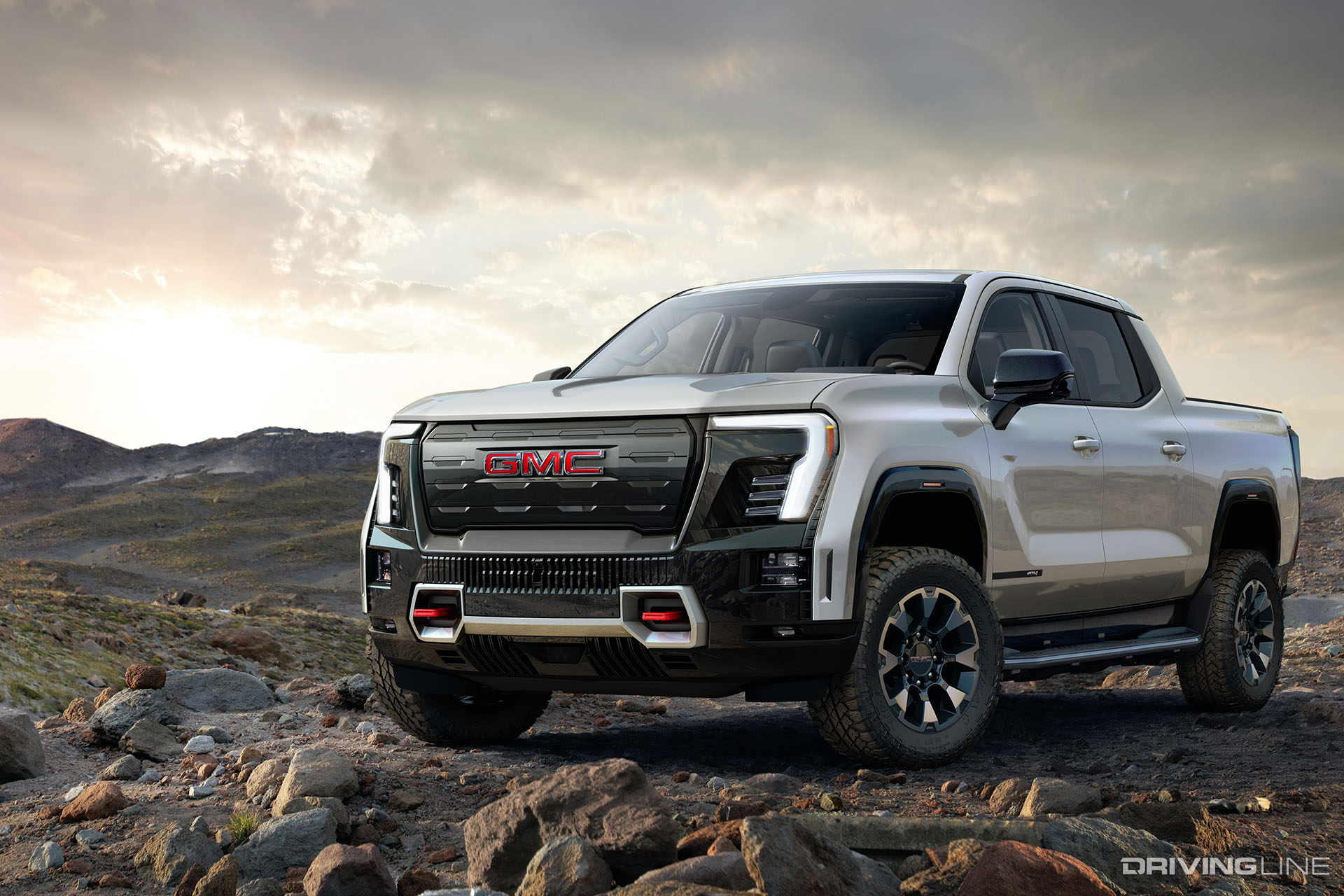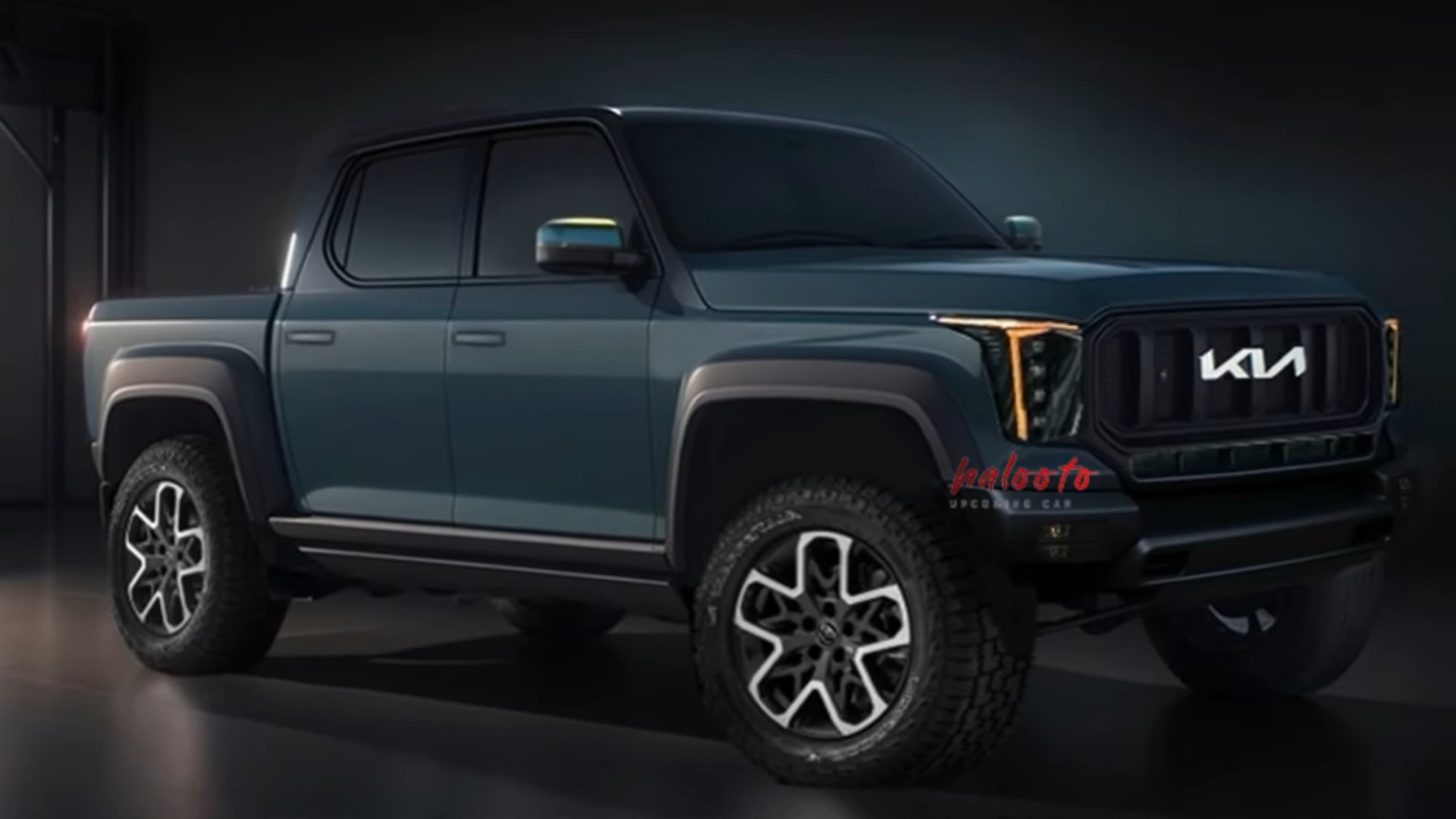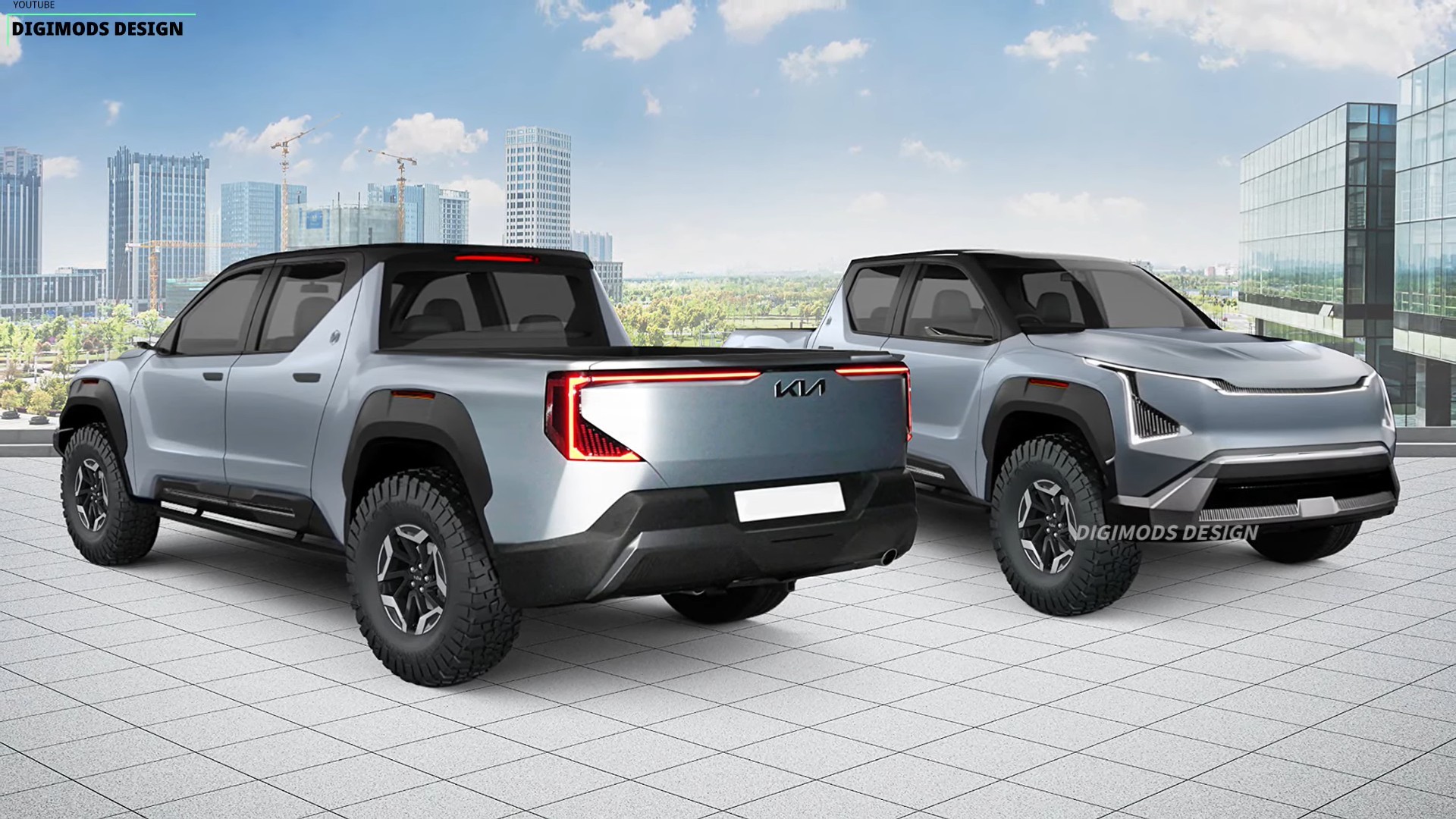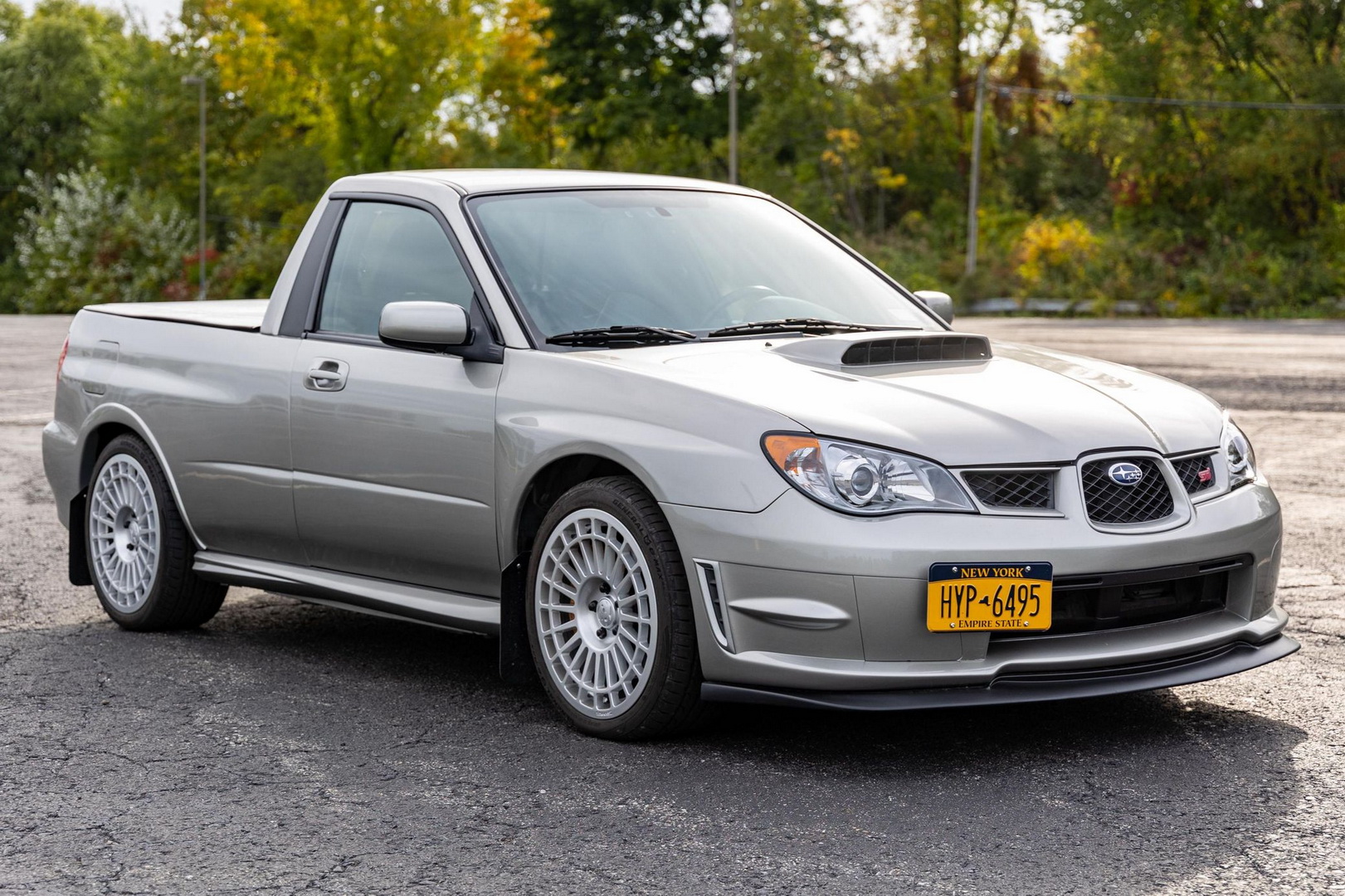Pickup Trucks For Sale Under $5000: Your Ultimate Guide to Affordable Utility pickup.truckstrend.com
In a world where new vehicle prices seem to climb endlessly, the idea of owning a reliable, functional pickup truck for under $5000 might sound like a pipe dream. However, for the savvy buyer, the used vehicle market is a treasure trove of opportunities. Pickup trucks under $5000 aren’t just a budget-friendly option; they represent accessible utility, a workhorse for small businesses, a reliable companion for outdoor enthusiasts, or simply a practical second vehicle for hauling and everyday tasks. This comprehensive guide will navigate the landscape of affordable pickups, offering insights, tips, and practical advice to help you find your next dependable ride without breaking the bank.
Why Choose a Pickup Truck Under $5000? The Appeal of Affordable Utility
Pickup Trucks For Sale Under $5000: Your Ultimate Guide to Affordable Utility
The allure of a pickup truck, even an older, more affordable one, is undeniable. For many, it’s about pure utility: the ability to haul lumber, tow a small boat, transport furniture, or simply handle tasks that a sedan or SUV can’t. Opting for a truck under $5000 opens up this world of functionality without the burden of significant debt or high monthly payments.
Key Benefits Include:
- Cost-Effectiveness: The most obvious advantage. A sub-$5000 truck can be bought outright, saving you from interest payments and high insurance premiums often associated with newer vehicles.
- Practicality & Versatility: From home improvement projects to weekend adventures, a truck bed offers unmatched cargo capacity and flexibility.
- Lower Depreciation: Most of the depreciation has already occurred, meaning your investment is more stable compared to buying a new vehicle.
- DIY Friendliness: Older trucks often have simpler mechanics, making them more approachable for basic maintenance and repairs by the owner, further reducing costs.
- Ideal First Vehicle or Project Truck: For new drivers, a robust, older truck can be forgiving. For enthusiasts, it’s a perfect canvas for customization or restoration.

However, it’s crucial to approach this market with realistic expectations. A truck in this price range will likely have high mileage, cosmetic imperfections, and potentially require some immediate or future maintenance. The goal is to find a vehicle where the cost of necessary repairs doesn’t outweigh the initial savings.
What to Expect When Buying Under $5000: Realism and Common Models
When you’re looking at trucks priced below $5000, you’re primarily entering the realm of older models, typically from the late 1990s through the early 2010s. These vehicles have seen years of service, and their condition will vary wildly. You’ll likely encounter:
- High Mileage: It’s common to see trucks with 150,000 to 250,000 miles, sometimes even more. Don’t immediately dismiss high-mileage vehicles if they’ve been well-maintained.
- Cosmetic Imperfections: Dents, dings, scratches, faded paint, rust spots, and worn interiors are par for the course. Focus on structural integrity and mechanical soundness over aesthetics.
- Basic Features: Forget touchscreens, advanced safety tech, or luxurious interiors. These trucks are typically basic workhorses with manual windows, simple radios, and robust, no-frills cabins.
- Maintenance History is Key: A truck with 200,000 miles but a meticulous service record is often a better buy than one with 120,000 miles and no history.


Common Models You’ll Encounter (and often for good reason):
- Ford Ranger / Mazda B-Series (1993-2011): These compact trucks are ubiquitous. Known for their durability, simple mechanics, and readily available, inexpensive parts. Great for light hauling and daily driving.
- Chevrolet S-10 / GMC Sonoma (1994-2004): Another popular compact option, similar in spirit to the Ranger. Reliable engines and transmissions, though rust can be an issue in certain climates.
- Toyota Tacoma / Toyota Pickup (Older Generations, Pre-2004): While finding a pristine Tacoma under $5000 is challenging, older "Toyota Pickups" (before the Tacoma name) or early Tacomas (1st gen) can be found. They command a premium due to legendary reliability, but high mileage or minor issues can bring them into budget.
- Dodge Dakota (1997-2004): A mid-size option that offers more capability than a compact without the full-size bulk. V6 and V8 options are available, but watch for transmission issues in some models.
- Older Full-Size Trucks (Ford F-150, Chevrolet Silverado/GMC Sierra, Dodge Ram): While often found in this price range, older full-size trucks typically have higher operating costs (fuel, tires, parts) and may have seen harder use. Look for 10th Gen F-150s (1997-2003) or GMT400/800 GM trucks (1988-2006).
The Inspection Process: Don’t Buy a Lemon!
This is the most critical step. Never buy a truck in this price range without a thorough inspection. Even if you’re not mechanically inclined, these steps can help identify major red flags:
-
Initial Visual Inspection (Exterior & Interior):
- Rust: Check frame rails, wheel wells, rocker panels, cab corners, and bed mounts. Surface rust is common; frame rust that compromises integrity is a deal-breaker.
- Tires: Look for uneven wear (indicating alignment issues or suspension problems), cracks, and tread depth. Tires can be a significant cost.
- Fluid Leaks: Check under the truck for puddles or drips (oil, coolant, transmission fluid).
- Body Damage: Assess the extent of dents, dings, and mismatched paint. Significant damage might indicate a past accident.
- Interior: Check for excessive wear, tears, non-working accessories (AC, radio, windows), and a musty smell (can indicate water leaks).
-
Engine & Under the Hood:
- Cold Start: Insist on starting the engine cold. Listen for knocking, ticking, or excessive smoke (blue = oil, white = coolant, black = rich fuel mix).
- Fluid Levels & Condition: Check oil (color, consistency), coolant (level, color), power steering fluid, and brake fluid.
- Belts & Hoses: Look for cracks, fraying, or bulging.
- Battery: Check for corrosion on terminals.
-
Test Drive (Minimum 20-30 minutes):
- Engine Performance: Does it accelerate smoothly? Any hesitation or loss of power?
- Transmission: Smooth shifts? No slipping, grinding, or harsh jerks? Test reverse.
- Brakes: Do they feel firm? Any pulsing, grinding, or pulling to one side?
- Steering & Suspension: Does it track straight? Any play in the steering wheel? Listen for clunks, squeaks, or rattles over bumps.
- 4×4 (if applicable): Engage 4-High and 4-Low to ensure they work. Test on a loose surface if possible.
- Dashboard Lights: Ensure no warning lights (Check Engine, ABS, Airbag) are illuminated. If they are, ask why.
-
Pre-Purchase Inspection (PPI): This is highly recommended for any vehicle in this price range. Pay a trusted independent mechanic (not one recommended by the seller) to inspect the truck. They can put it on a lift, diagnose potential issues, and give you a realistic estimate of any immediate repairs needed. This small investment can save you thousands.
Where to Find These Deals
Finding a good truck under $5000 requires patience and looking in the right places:
- Online Marketplaces: Craigslist, Facebook Marketplace, OfferUp, and local classifieds are prime hunting grounds for private sellers. Be wary of scams and always meet in a public place.
- Local Small Dealerships: Often have a few older, budget-friendly trade-ins. Prices might be slightly higher, but they may offer some basic warranty (though unlikely at this price point).
- Private Sellers (Word of Mouth): Let friends, family, and colleagues know you’re looking. Sometimes the best deals come from people you know.
- Auctions: Government surplus, police impound, or public auto auctions can offer very low prices, but they are high-risk. Vehicles are sold "as-is," and you often can’t test drive them. This is best for experienced buyers or mechanics.
- Used Car Websites with Price Filters: Autotrader, Cars.com, CarGurus – filter by price range and mileage.
Negotiating and Paperwork
- Negotiation: Armed with your inspection findings, be prepared to negotiate. Point out any discovered flaws and use them to justify a lower offer. Don’t be afraid to walk away if the price isn’t right or the seller is unwilling to budge.
- Vehicle History Report (CarFax/AutoCheck): For a small fee, these reports can reveal accident history, flood damage, salvage titles, and odometer discrepancies. Absolutely essential.
- Paperwork: Ensure the seller has a clear title in their name. Verify the VIN on the title matches the VIN on the truck. Get a bill of sale, even for private party sales, detailing the vehicle, price, and "as-is" condition.
Beyond the Purchase Price: Hidden Costs & Maintenance
A $5000 truck isn’t a $0 truck. Factor in these additional costs:
- Registration & Taxes: Varies by state, but often a percentage of the purchase price.
- Insurance: Older trucks can be cheaper to insure, but get a quote before buying.
- Immediate Repairs/Maintenance: Budget at least $500-$1000 for immediate tune-ups, fluid changes, filters, and any small repairs identified during inspection.
- Tires: If the tires are worn, this can be a $400-$800 expense.
- Fuel: Older trucks, especially full-size models, can be fuel thirsty.
- Unexpected Repairs: Even with a good inspection, things break. Set aside an emergency fund for potential future repairs.
Making Your $5000 Truck Last: Tips for Longevity
Once you’ve purchased your affordable pickup, proactive maintenance is key to maximizing its lifespan:
- Follow Maintenance Schedules: Even if the owner’s manual is gone, find a generic schedule for your make/model year.
- Regular Oil Changes: Use the correct oil weight and change it religiously.
- Check Fluids Frequently: Keep an eye on coolant, transmission fluid, power steering fluid, and brake fluid.
- Address Issues Promptly: Don’t ignore warning lights, strange noises, or leaks. Small problems can quickly become big, expensive ones.
- Rust Prevention: Wash your truck regularly, especially in winter climates. Consider undercoating or rust inhibitors.
- Tire Care: Keep tires properly inflated and rotate them regularly.
- DIY Basic Maintenance: Learn to do simple tasks like changing air filters, spark plugs, or even brakes. This saves money and helps you understand your truck better.
Table: Common Pickup Trucks Found Under $5000
This table provides a general overview of common models you might find in this price range, along with their typical characteristics. Prices are highly dependent on condition, mileage, and location.
| Model / Typical Years Found Under $5000 | Typical Price Range (USD) | Pros | Cons | Key Inspection Points |
|---|---|---|---|---|
| Ford Ranger (1993-2011) | $2,000 – $4,800 | Very common, parts abundant & cheap, reliable 4-cylinder/V6 | Can be rust-prone (frame, bed), cramped cabin for larger adults | Frame rust, transmission fluid (automatic), brake lines |
| Chevy S-10 / GMC Sonoma (1994-2004) | $1,800 – $4,500 | Simple design, good fuel economy (4-cyl), versatile | Intake manifold gaskets (V6), rust (rockers, cab corners), ABS issues | Engine leaks, rust, steering components |
| Toyota Tacoma (1st Gen 1995-2004) | $3,000 – $5,000+ | Legendary reliability, holds value well, strong resale | Command higher prices (even old ones), frame rust is a major issue | Frame rust (critical), ball joints, rear differential seal |
| Dodge Dakota (1997-2004) | $2,000 – $4,700 | More capable than compacts, V6/V8 options, spacious cab | Transmission issues (V6/V8), ball joints, rust on bed/fenders | Transmission shifting, front suspension, exhaust manifolds |
| Ford F-150 (1997-2003) | $2,500 – $5,000 | Full-size capability, abundant parts, comfortable ride | Spark plug issues (5.4L), rust (fenders, cab corners), fuel economy | Spark plugs, exhaust manifold studs, rust, brake lines |
| Chevy Silverado 1500 (1999-2006) | $2,800 – $5,000 | Durable engines (Vortec), comfortable, strong towing | Rust (rockers, cab corners, bed), fuel pump, instrument cluster | Rust, fuel pressure, steering components, transmission |
Note: Prices are highly variable and depend on condition, mileage, location, and demand. Use this table as a general guide, not a definitive price list.
Frequently Asked Questions (FAQ)
Q1: Is it truly possible to find a reliable pickup truck for under $5000?
A1: Yes, absolutely! It requires patience, thorough research, realistic expectations, and a diligent inspection process. Many older trucks still have plenty of life left, especially if they’ve been maintained.
Q2: What’s the best model to look for in this price range?
A2: There’s no single "best." Toyota Tacoma (older gens) and Ford Ranger/Chevy S-10 are often cited for reliability and parts availability. However, the "best" truck is the one that has been well-maintained and passes a pre-purchase inspection, regardless of make.
Q3: How much should I budget for immediate repairs after buying?
A3: It’s wise to set aside at least $500-$1000. This covers essential fluids, filters, spark plugs, and potentially minor repairs identified during the inspection. This ensures the truck is up to date on its basic maintenance.
Q4: Can I finance a $5000 truck?
A4: Generally, no. Most traditional lenders won’t finance vehicles under a certain value (often $7,500-$10,000). You’ll likely need to pay cash or secure a personal loan if you don’t have the full amount upfront.
Q5: What are the biggest red flags to watch out for?
A5: Major red flags include significant frame rust, a "Check Engine" light that’s on (or recently cleared), smoke from the exhaust, strange noises from the engine or transmission, obvious fluid leaks, and a lack of maintenance records.
Q6: Should I buy from a private seller or a small dealership?
A6: Private sellers often offer lower prices, but the vehicle is sold "as-is" with no recourse. Small dealerships might have slightly higher prices but could offer a very limited warranty or at least a cleaner title process. Always get a PPI regardless of the seller.
Conclusion
Finding a pickup truck for sale under $5000 is a realistic and rewarding endeavor for those seeking affordable utility. While it demands a careful and informed approach, the benefits of owning a capable workhorse without the burden of a hefty price tag are immense. By understanding what to expect, conducting thorough inspections, knowing where to look, and budgeting for ongoing maintenance, you can drive away with a dependable truck that serves your needs for years to come. Your dream of affordable hauling is well within reach – just remember that patience and diligence are your best tools in this journey.
